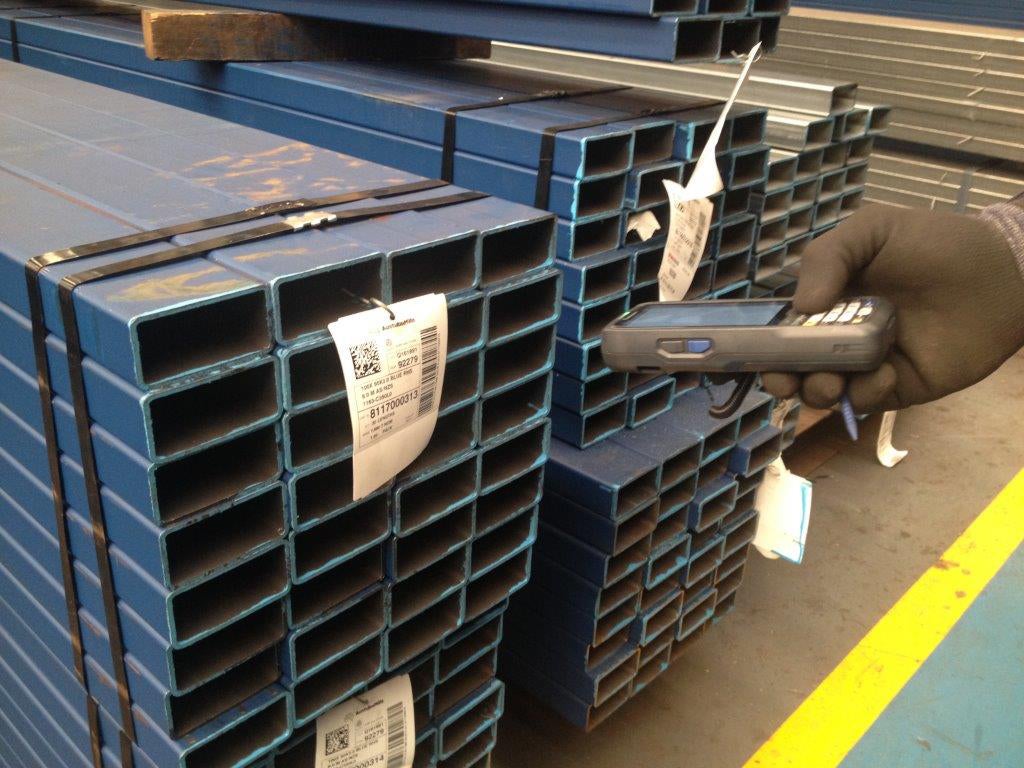
A report into end-to-end supply chain visibility technology used real-time industry pilots to quantify the benefits of improving multi-modal supply chain efficiencies.
The adoption of Global Data Standards (GDS) to facilitate end-to-end supply chain ‘visibility’ technologies can help reap substantial benefits for Australian manufacturers, producers and traders, according to a recent report.
The report, Investigating the potential benefits of enhanced end to end supply chain visibility, found that the adoption of GS1 Global Data Standards aligned with modern technologies can substantially improve supply chain efficiencies. An initiative of road transport and traffic agency Austroads, it was produced in collaboration with the Australian Logistics Council (ALC) Supply Chain Standards Working Group, the Institute for Supply Chain and Logistics, and GS1.
GS1 is a neutral, not-for-profit international organisation that develops and maintains global standards for supply and demand chains across multiple sectors. The barcode is the best known of these standards, which has led to the organisation sometimes being known as the ‘barcode people’.
Pilot studies prove successful
GS1 Global Data Standards provide an open-sourced standard for any combination of shipper and transportation company to exchange data so as to plan and execute the transport of goods. Among the data that can be identified and shared is: product information; the pick-up location and destination of goods; and transportation means and equipment needed.
InfraBuild (formerly LIBERTY) took part in one of several pilot studies alongside Toll Group and Nestle to determine the impact of adopting GDS-based technologies to track freight along a supply chain. The pilot freight task involving InfraBuild had two elements: the delivery of bundled steel rod and bar products from its Rod Bar and Wire business; and the transportation of processed steel from its downstream businesses – InfraBuild Steel Centre (formerly LIBERTY OneSteel Metalcentre), ARC and InfraBuild Construction Solutions (formerly LIBERTY OneSteel Reinforcing)– to delivery sites.
The InfraBuild pilot study revealed a demonstrable benefit to the company’s bottom line. In relation to the transportation of processed steel, a baseline transport cost per tonne for trial sites undertaking metropolitan delivery of steel products was recorded. Twelve months after the start of the study, cost reductions of 11.5 per cent were recorded. This cost saving was realised by improving efficiencies in communication, optimising load planning and eliminating the need for paper-based documents.
An associated benefit was a reduction in the usual number of processing errors. During the trial period, InfraBuild was able to automatically validate invoices from transport suppliers, thereby reducing administration time and eliminating manual input errors.
Praise for the report’s findings
The pilot studies showed that large transport businesses that use GDS-based technologies can benefit from increased connectivity and the ability to build transparencies into freight movements. While small operators may initially experience costs associated with adopting GDS-based technologies in the short term, they too are expected to benefit over time.
The economic benefit to the Australian transport and logistics sector could exceed $1 billion, said Bonnie Ryan, Senior Manager – Trade, Transport and Heavy Industry at GS1 Australia.
Darren Chester, the Federal Minister for Infrastructure and Transport welcomed the findings of the report, stating that they are in line with the government’s commitment to develop a comprehensive national freight and supply chain strategy.
“Improving the ability of businesses to keep track of freight from the time an item leaves the farm or factory gate until it is delivered is crucial to improving the operational efficiency of supply chains in Australia,” said Chester. “To help make this a reality, we will be asking the independent inquiry into the establishment of the National Freight and Supply Chain Strategy to consider Austroads’ findings.”
David McNeil, Customer Service and Fulfilment Manager at InfraBuild said: “It’s great to see the work that we’ve done at InfraBuild has been recognised. It’s been great for both our customers and our businesses involved in this work and we look forward to the standards getting wider adoption in the industry and being used to improve our service to all of our customers.
He said customers ordering processed steel from one of InfraBuild’s downstream businesses can take advantage of the traceability offered by using GDS-based technologies from the moment the products are picked.
“These standards deliver improved services to customers in addition to freight efficiencies,” McNeil said. “As well as tracking the deliveries of its products, by scanning the product barcode as the product is picked InfraBuild Metalcentre is now able to automatically e-mail the matching mill test certificates to its customers as the order is despatched – so the customers gets forward notification of the delivery and full traceability in one easy step!”
Harley Barlow, InfraBuild General Manager, Sales, said: “We’re excited to work with these GDS-based technologies which bring such important improvements to traceability, processes, and cost reductions to our customers.
“Throughout InfraBuild we’re working with our customers to bring real-world innovation and solutions to help them operate more competitively, and deliver better outcomes for their projects.”
Please contact us for any feedback or media enquiries about this content.
Subscribe to the
InfraBuild newsletter
Receive regular updates on news, case studies as well as the latest products and services.
